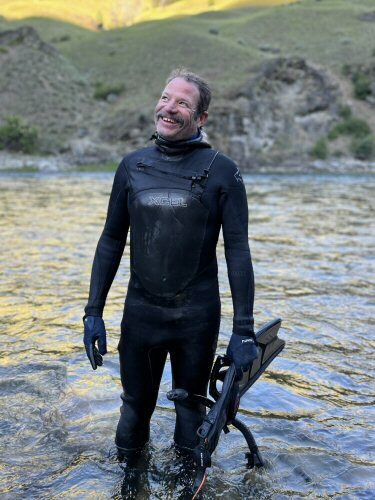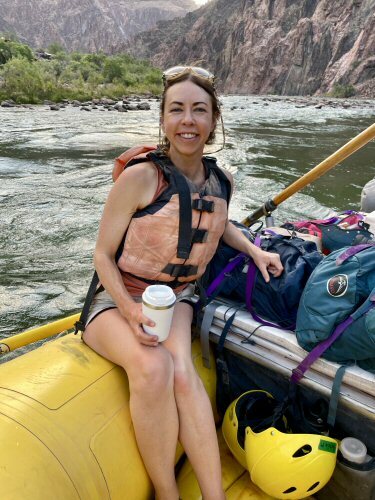Next Monthly Club Meeting & Program
Tuesday, Nov. 18, 2025 at 7:30 p.m.
Speaker Presentation Will Be in Person
Camellia Room
at Heather Farm Community Center
1540 Marchbanks Drive, Walnut Creek
Doors Open at 6:30 p.m.
BYOB Happy Hour 6:30 p.m. to 7:30 p.m.
Meeting Starts at 7:30 p.m.
Invites to the Online Session to be
Sent to Members via Email
The Western Rivers Conservancy,
with Director Josh Kling and
Senior Donor Relations Officer Natalie Mottley
Join us before the meeting to meet the Western Rivers Conservancy Conservation (WRC) Director Josh Kling and Senior Donor Relations Officer Natalie, have a drink and hopefully discover a conservancy you can support! Then stay for their presentation, “Conserving Great Rivers in California."
Western Rivers Conservancy buys land along the West’s finest rivers and streams to conserve habitat for fish and wildlife, protect key sources of cold water and provide public access for all to enjoy.
The WRC motto: Sometimes to Save a River, You Have to Buy It
The WRC has been very active in California. We will learn about their efforts on:
EAST FORK CARSON RIVER: This project conserves 1688 acres, 1.6 river miles, plus nearly 3 miles of tributary creeks.
FALL RIVER: This project will combine 2 ranches equaling 555 acres and 3.9 river miles.
BLUE CREEK: The major cold-water tributary on the lower Klamath, Blue Creek is a sanctuary for salmon as they enter the river’s warm water. This project protected over 47,000 acres, 25 river miles and 9 creek miles.
 Conservation Director Josh Kling Conservation Director Josh Kling
Josh Kling is the conservation director for the WRC and has been working for the organization since 1999. Josh manages land conservation projects in Washington, Oregon and California and helps oversee the WRC’s Conservation Program, which spans 11 western states. Prior to joining the WRC, Josh spent eight years working for the U.S. Forest Service at the Mount St. Helens National Volcanic Monument, where he specialized in ecological monitoring. Josh is a board member with Hoh River Trust and an advisory board member with the Opal Creek Ancient Forest Center.
He holds a B.S. in biology from Lewis & Clark College. Josh’s commitment to river conservation is rooted in his lifelong passion for the outdoors, his love of boating and hiking, and his belief that people, young and old, always feel healthier when they have time on a river.
 Senior Donor Relations Officer Natalie Mottley Senior Donor Relations Officer Natalie Mottley
Natalie joined the WRC as Senior Donor Relations Officer in 2022 and brings over a decade of development experience in conservation. She is based in California, where she previously worked with Save the Redwoods League and The Trust for Public Land. She holds a B.A. in Global Studies from UC Santa Barbara. In her free time, you can find her writing, hiking, camping, rafting and exploring the wilds of California with her husband and son.
Join The Club!
You can join online or join the DVFF online or download a membership application. (The membership form requires Adobe Acrobat Reader.) Print out and complete the form and either bring it to a meeting or send it to the club mailbox (Diablo Valley Fly Fishermen, P.O. Box 4988, Walnut Creek, CA 94596). You may also pick up an application at a meeting. (You can renew your membership online by clicking this link.)
Our Supporters
The Fly Shop
Confluence Outfitters
|